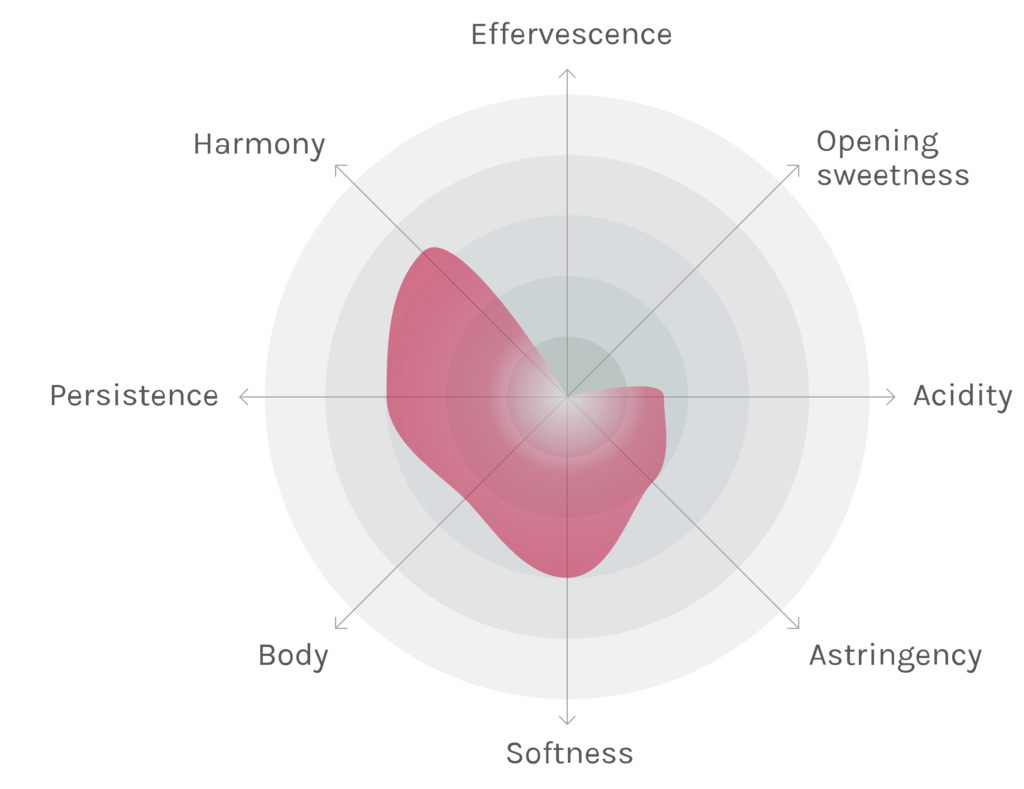Marchesi di Barolo, 2012
Barolo DOCG Sarmassa
- Country of origin Italy
- Region Piemont
- Hue Red wines, Ruby
- Grapes Nebbiolo
- Alcohol content 14 %*
- Drinking temperature 16 - 18°C
- Allergen notice Contains sulphites
-
Article / Unit
-
6x75clCarton
Benefit time and again!
In order to benefit from our customer portal, log in with your access data:
Login
This wine for your assortment: Contact us






 Berry
Berry Dried fruit
Dried fruit Roasty
Roasty Earthy
Earthy Fruity
Fruity